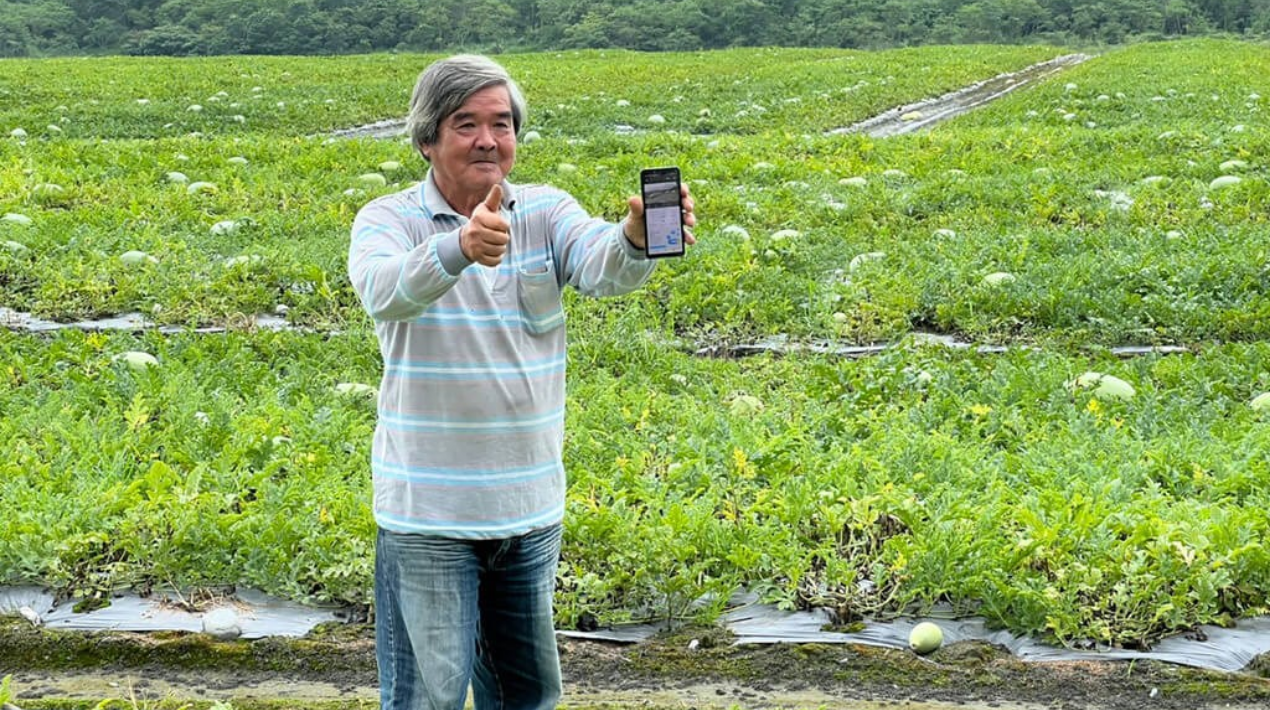
Technology can revamp age-old solutions and the app-based “invisible fence” made by a team of Taiwan university researchers is the latest proof of that. A team from National Dong Hwa University (NDHU) has developed a solar-powered infrared “invisible” fencing system that helps farmers in Hualian County prevent the theft of their crops.
Initiated as a project by NDHU’s Energy Technology Center, the infrared system sets up a detection fence that is blind to the naked eye, making it less conspicuous than traditional fencing but also visually pleasing to farmers.
The system works by blazing a siren when trespassers are detected. Plus, a mobile application for the program developed by NDHU engineers also alerts farmers to trespassers. Even better, the app notifies local police of possible theft. Moreover, it uses green energy. It is also designed to use renewable energy, making it cost-effective for farmers since all they need is solar power.
Pai Yi-hao, an associate professor at NDHU and the Director of the Technology Center, said the team began working on the project earlier this year. The team, which consisted of professors and students brought together by the NDHU Energy Technology Center, engineered the infrared sensors and the electronic transmitters of the system, as well as the waterproof shell to house all the intricate electronics. The team also ensured that the solar power design was stable and made sure that farmers could use the popular mobile application Line to receive alerts and notifications, Pai said.
However, the project has not been without setbacks. As it was being installed in watermelon fields in Hualien, the team discovered that transmission of the signal was notably unstable because of geographical constraints. The problem was then fixed with the assistance of one of the country’s telecoms companies, which helped boost the signal strength of the technology, Pai said.
NDHU’s University Social Responsibility Office, which is in charge of the university’s social outreach program in Hualien, selected several watermelon farms covering around 40 hectares in eastern Taiwan county for the technology. Those fields were chosen because they were open and exposed to sunlight, the office said, explaining that the fields are optimal sites for the solar-powered infrared fencing system to harness the energy.
Local farmers who were given the tech were grateful, stating that they would no longer need to be out in the fields at night to worry about theft. They have their fields protected even when they are not physically present.
Digital transformation can bring out out-of-the-box solutions. Taiwan’s aggressive pursuit of digitalisation has allowed its citizens to enjoy the benefits of technology. For instance, thanks to Artificial Intelligence (AI), critical patients in the ICU can be taken care of hours before they go into a state of shock. The AI device finds patterns and triggers an alarm for medical personnel to come to the rescue.
Many of Taiwan’s industries are looking for a balance between technology and sustainability and circular design is gaining ground in the country. Such initiatives are sound all-around and ensure sustainability – allowing the whole country to meet its Net Zero 2050 goals.
















